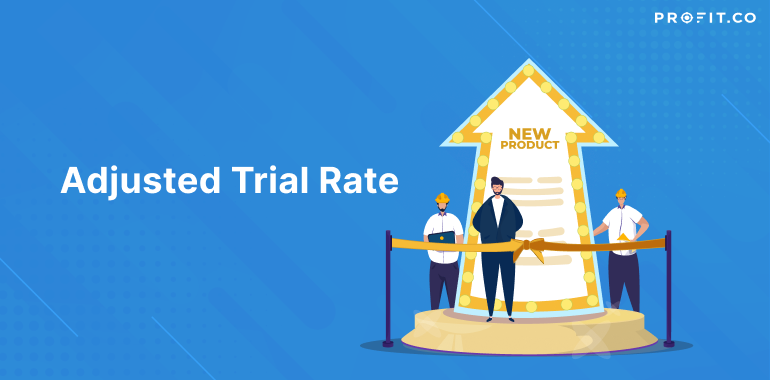For example, let’s say that you plan on selling a product or a service that you haven’t launched yet in the market. In order to determine its likeness, you will most likely have to rely on the Adjusted Trial Rate metric.
When coming up with a trial for one of your products or services, you will first have an initial estimated trial rate. However, this may not be accurate and, in turn, mislead your potential customers. Therefore, the Adjusted Trial Rate integrates the following factors in order to determine the proper rate – all of the commodity volume distributions and consumer product awareness.
The Basics of the Adjusted Trial Rate
The Adjusted Trial Rate comes in handy when a certain business wants to test the market and take into account different product categories that are on the market when developing sales projections.
These trial rates are a part of the evaluation process in which the potential customers are directly exposed to the actual product that’s on trial. Naturally, after the trial, the potential customer’s opinions about the product are assessed – this is usually done via a set of questions that are meant to determine whether they would purchase it/ recommend it or not.
Most of the times, the potential customer’s initial intentions don’t match with the responses they give after the trial. Then, the initial trial rates have to be adjusted with the help of the Adjusted Trial Rate – namely, with the help of the percentage of all commodity volume distribution and customer awareness, as mentioned before.
The formula for the Adjusted Trial Rate is pretty easy – one just has to multiply the trial rate by the awareness and by the total volume distribution. Optimal Adjustment Of course, calculating the Adjusted Trial Rate does not mean that you are done and that the potential customers will like your product/ service more – there are still some things left for you, or for the management tea, to do in order to make proper use of this metric.
First of all, when analyzing the potential customer’s opinions, the ones that have stated that they will definitely or probably buy the product have to be highly regarded. Naturally, these are your most important members of the trial, as they are more likely to convert into paying customers.
Then, the Adjusted Trial Rate should be balanced with consumer awareness – it’s only natural that potential customers are more likely to buy your product or service if they are actually aware of it.
When employing the Adjusted Trial Rate, it is recommended that the issues regarding the product’s availability and accessibility are referred to accordingly – these can be beneficial and eventually make your business trustworthy in the eyes of your potential customers.
Moreover, you can also calibrate the Adjusted Trial Rate to the targeted population – doing this will help you determine the number of potential customers that are expected to buy a particular service or product.
The Bottom Line
Basically, the Adjusted Trial Rate lets you get more insight into what the potential customers think about your service or product before you actually releasing it on the market.
This helps you adjust the specifications of the product/ service, for example, without having to have it returned from the stores and modified – therefore, saving you marketing and advertisement money.
